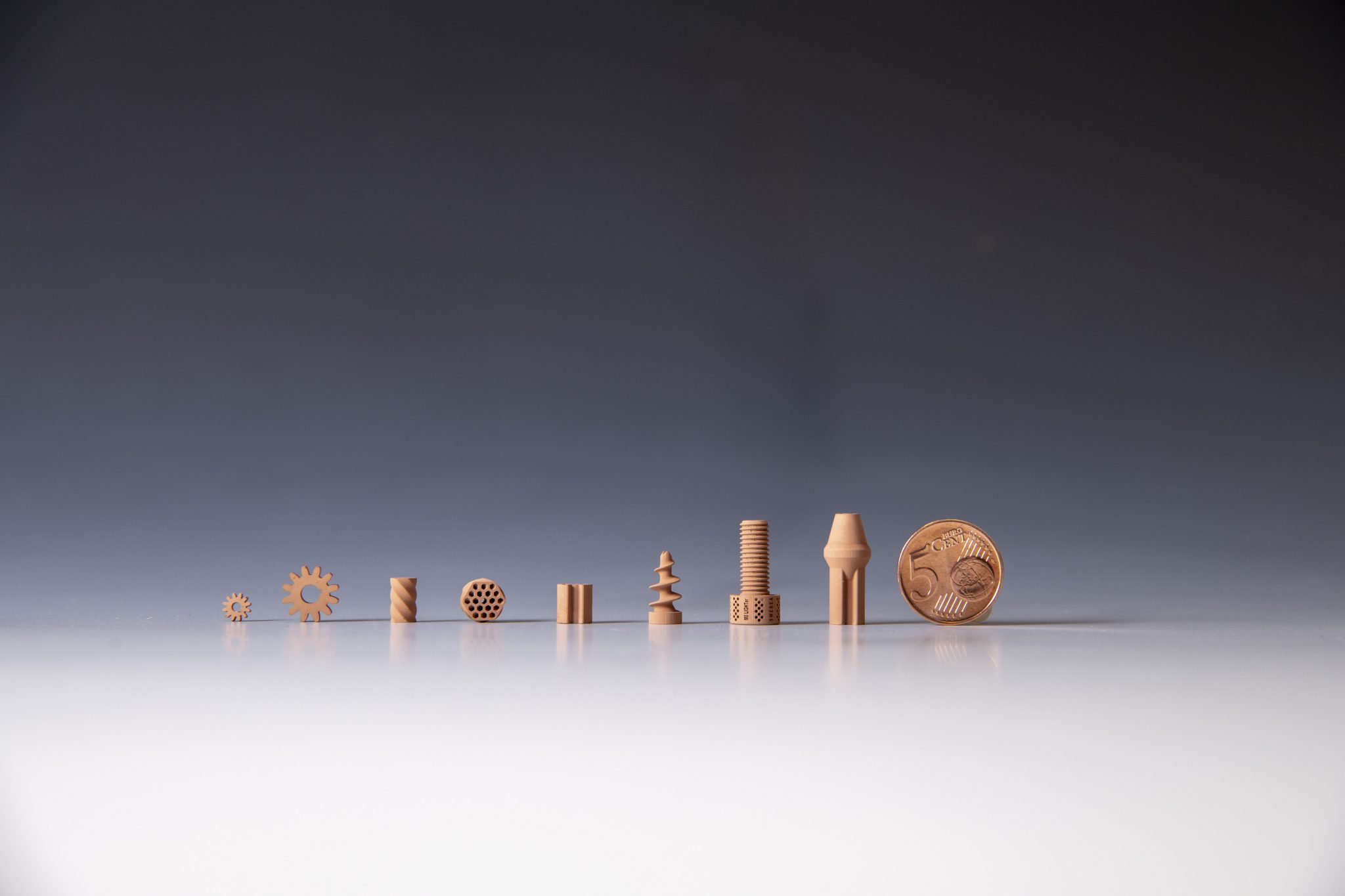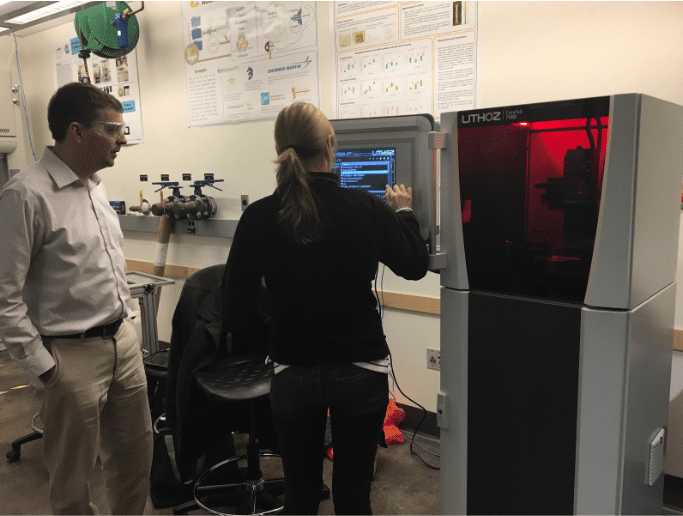Austrian ceramic 3D printing specialist Lithoz has joined the Alliance for the Development of Additive Processing Technologies (ADAPT), an industry-academia consortium dedicated to solving challenges in additive manufacturing. Through the partnership, Lithoz also installed its CeraFab 7500 ceramic 3D printer at the Colorado School of Mines, where the ADAPT consortium is headquartered.
The installation of the 3D printer is part of a joint research project between Lithoz and the Colorado School of Mines to investigate the mechanical properties of ceramics produced by lithography-based ceramic manufacturing (LCM).
“Ceramic additive manufacturing is particularly suited to aerospace and biomedical applications. The representation of these markets in ADAPT’s membership makes Mines and ADAPT a natural partnership. This partnership allowed us to install one of our ceramic printers in a Mines lab. There, it is being used for research and courses focused on AM technology and design for AM,” said Shawn Allan, VP of Lithoz America.
“WE ARE EXCITED TO SEE THE STUDENT RESEARCH PROJECTS THAT RESULT FROM THIS NEW CAPABILITY. WE ALSO HOPE TO LEVERAGE RESOURCES SUCH AS ADAPT’S CITRINATION DATABASE TO IMPROVE THE UTILIZATION AND LEARNING THAT CAN BE ACHIEVED WITH THE VAST AMOUNT OF DATA GENERATED IN THE LCM PROCESS.”
Investigating ceramic 3D printing
Lithoz connected with ADAPT through a research collaboration with Professors Corinne Packard and Geoff Brennecka at Colorado School of Mines. The collaborative project will utilize and research LCM technology using Lithoz’ CeraFab 7500 3D printer.
LCM technology produces ceramic parts with the same material properties as conventionally formed parts. It is a slurry-based additive manufacturing process that polymerizes ceramic powder to develop a photopolymer composite of ceramic particles, called a ‘green part’. The part is then cured through pyrolysis and densified during sintering to produce a dense ceramic body.
“The mechanical properties of ceramics are highly sensitive to material or manufacturing flaws,” explained Professor Packard. “Working with Lithoz directly, and having a CeraFab 7500 printer here at Mines, allows us to rapidly evaluate and optimize processes for achieving strength and reliability in AM ceramics.”
Lithoz has also recently entered into a partnership with the European Space Agency (ESA) to create detailed spare parts from a lunar regolith simulant – an Earth material synthesized to approximate raw materials found on the moon. The agency envisions using 3D printers equipped with Lithoz’ LCM technology to build a lunar base.

Adapting to the additive manufacturing industry
The ADAPT consortium was launched in 2015, with funding from the Colorado Office of Economic Development and International Trade (OEDIT). The organization aims to solve challenges in additive manufacturing as part of its ‘Optimize for Additive’ scheme. ADAPT’s scheme centers around the optimization of processes, materials and parts in additive manufacturing, using data-driven approaches and characterisation technologies. The organization hopes to provide a platform for its members to compete more effectively in the global additive manufacturing market by leveraging its materials characterization and machine learning technologies.
Founding members of the program from the manufacturing industry include Ball Aerospace & Technologies Corp., Citrine Informatics, Colorado School of Mines, Faustson Tool, Lockheed Martin and Manufacturer’s Edge. Alongside Lithoz, the current members of the ADAPT consortium contains several companies from the additive manufacturing industry, including 3D systems, EOS, GE Additive, Big Metal Additive, Elementum 3D and Sciaky.
“The Lithoz membership in ADAPT formally marks our commitment to expand ADAPT’s research mission to all solid materials, beyond the alloys focus we had in our first few years,” commented ADAPT Executive Director Aaron Stebner.
Source: 3dprintingindustry


